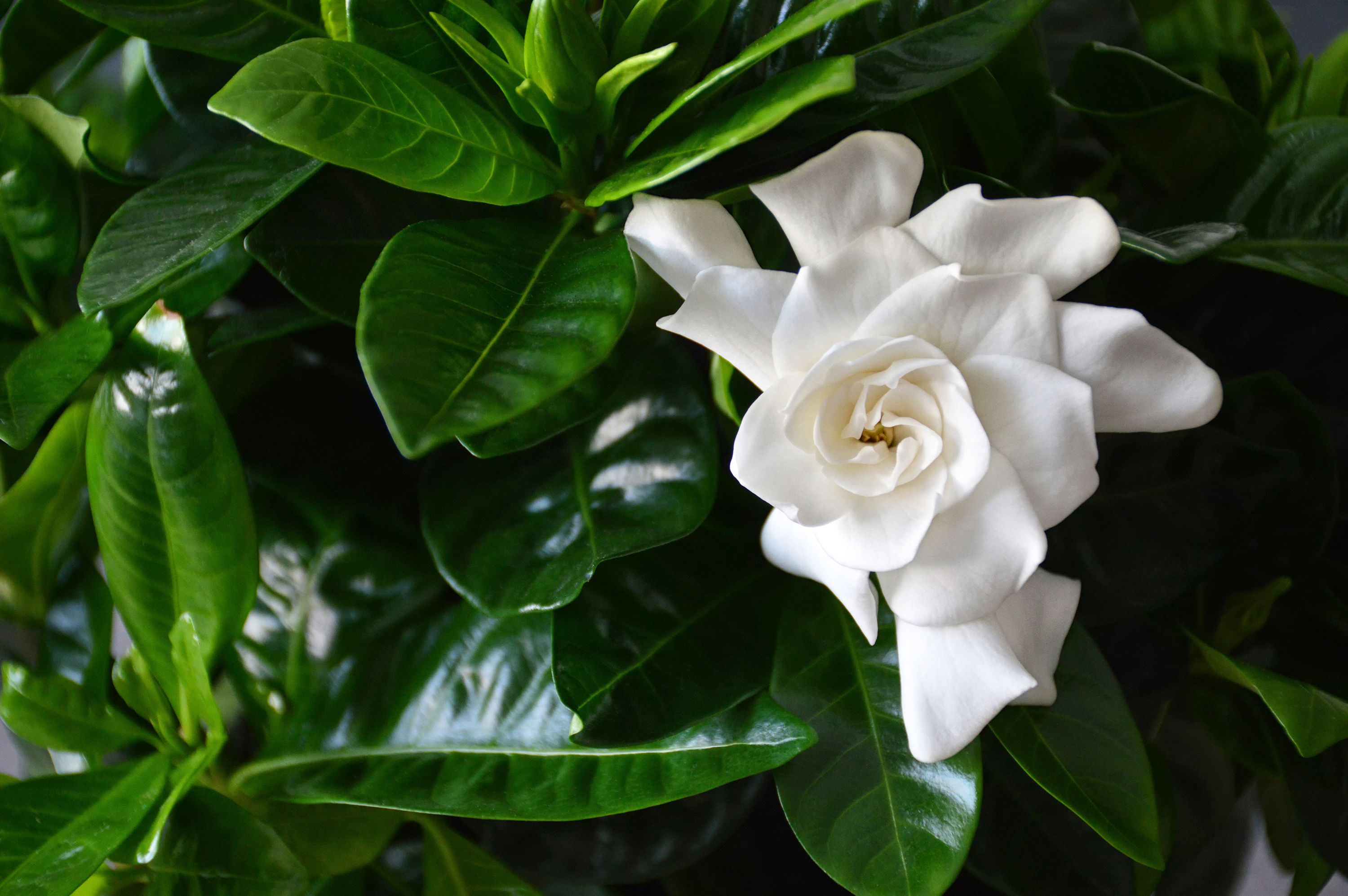Countercurrent Chromatography with Deep Eutectic Solvent System Separates Crocetin Isomers in Gardenia
A novel countercurrent chromatography solvent system, utilizing deep eutectic solvents, offers efficient separation of trans-crocetin and cis-crocetin from Gardenia jasminoides Ellis, enabling high-purity isolation in a single process.
Separating trans-crocetin and cis-crocetin, compounds with structural similarities but significant concentration disparities in Gardenia jasminoides Ellis (also known as gardenia or cape jasmine), has long posed a challenge (1). Often, cis-crocetin in particular is overlooked due to this difficulty.
Close up of white gardenia flower. Blooming Cape Jasmine. The Gardenia Jasminoides. | Image Credit: © izzzy71 - stock.adobe.com

However, recent experimentation in chromatography methods detailed in the Journal of Separation Science by researchers Lijiao Wen, Zetao Shen, Xueli Cao, and Chen Fan from the Beijing Advanced Innovation Center for Food Nutrition and Human Health at Beijing Technology and Business University in China, presents a novel approach using a countercurrent chromatography solvent system based on deep eutectic solvents. This innovative method allows for the simultaneous, high-purity separation of trans-crocetin and cis-crocetin, promising broader applications in the field.
Crocetin, a natural carotenoid compound, is found in Gardenia jasminoides Ellis and has garnered interest for its potential health benefits. However, the separation of its cis- and trans- isomers has been a longstanding challenge. This issue arises from the isomers’ structural similarity yet significant differences in concentration, making it essential to develop an efficient separation method.
In their study, the authors introduced a countercurrent chromatography system that utilizes a novel biphasic solvent system composed of deep eutectic solvents, n-heptane/n-butyl alcohol/13 mmol/L Na2CO3 in a solution of water and acetamide-benzyltrimethylammonium chloride (4:1, mol/mol) (4:7:9:1, v/v). This innovative approach resulted in high-purity trans-crocetin (>95%) and cis-crocetin (>91%) isolation in a single process.
The key to this success, according to the study, lies in the deep eutectic solvents employed in the solvent system. Deep eutectic solvents are a class of ionic liquids formed by mixing a hydrogen bond acceptor and a hydrogen bond donor. They offer several advantages, including low cost, environmental friendliness, and ease of preparation. In this study, the addition of deep eutectic solvents significantly enhanced the separation efficiency of trans-crocetin and cis-crocetin, making it possible to isolate them with high purity.
One of the notable features of this method is its simplicity in recovering the separated compounds from the system. By employing a straightforward acidification and precipitation process, researchers can easily recover both trans-crocetin and cis-crocetin. This not only streamlines the separation process but also opens up possibilities for large-scale preparative separations.
The implications of this research could be significant for both the scientific community and industries interested in crocetin compounds. The ability to obtain high-purity trans-crocetin and cis-crocetin simultaneously offers new opportunities for further research into their individual properties and potential applications in pharmaceuticals, nutraceuticals, and food science.
In conclusion, the work conducted by these authors in their innovative use of deep eutectic solvents in a countercurrent chromatography system not only achieved the immediate goal of efficient separation of trans-crocetin and cis-crocetin from Gardenia jasminoides Ellis, but hinted at potential for large-scale preparative separations, holding promise for accelerating research and applications in various industries.
This article was written with the help of artificial intelligence and has been edited to ensure accuracy and clarity. You can read more about our policy for using AI here.
Reference
(1) Wen, L.; Shen, Z.; Cao, X.; Fan, C. A Countercurrent Chromatography Solvent System Based on Deep Eutectic Solvents for Separation of cis- and trans-Crocetin from Gardenia jasminoides Ellis. J. Sep. Sci. 2023, 2300469. DOI: 10.1002/jssc.202300469
Polysorbate Quantification and Degradation Analysis via LC and Charged Aerosol Detection
April 9th 2025Scientists from ThermoFisher Scientific published a review article in the Journal of Chromatography A that provided an overview of HPLC analysis using charged aerosol detection can help with polysorbate quantification.
Removing Double-Stranded RNA Impurities Using Chromatography
April 8th 2025Researchers from Agency for Science, Technology and Research in Singapore recently published a review article exploring how chromatography can be used to remove double-stranded RNA impurities during mRNA therapeutics production.







